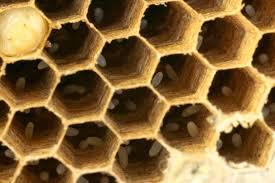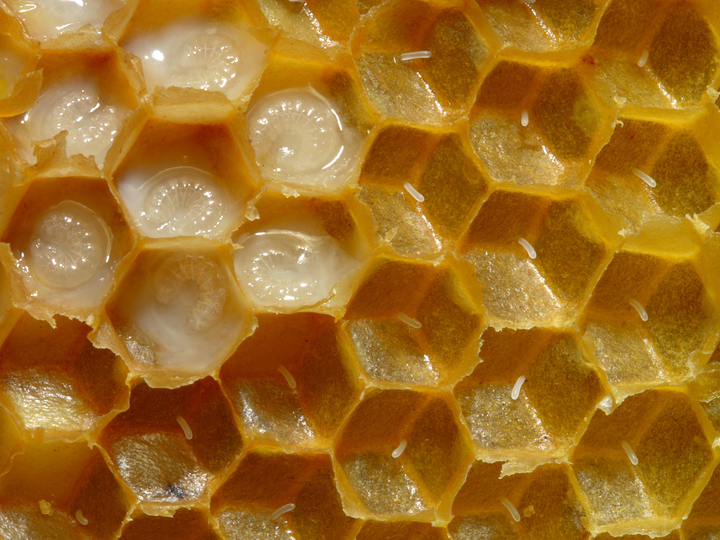How Brood You Do?
Click here for the Master Bee Syndicate Post with links to all other posts
The Brood
All Bees start off as brood. Brood is the term that covers the three stages of developing bees egg, larva, and pupa. all bees start out as an egg laid in a brood cell then develop into one of the three types of bees that that you find in a honey bee hive. Typically the eggs are only laid by the queen but sometimes… (Wait get a plastic bag and put it over your head so that when it explodes you will have an easier time finding all the pieces.) a worker bee can lay eggs too. I knew it your head just exploded and I have totally rocked the foundation of everything you knew about how honey bee hive society works, and I promise I will talk more about how that situation occurs and how that is even possible. Unfortunately, I’m going to make you wait till I post the worker bee profile blog post to talk more about that . (sorry)
Eggs

Eggs in bee hives are laid in a brood cell they can be a bit hard to see as they are very small. they resemble a tiny grain of white rice that is stood on end at the bottom of the cell. The eggs are laid by a female bee and depending on if the egg is fertilized it will determine if the egg will develop into a male or female bee. Unfertilized eggs develop into mail bees , and fertilized eggs develop into female bees. Eggs regardless of sex or role will hatch in about 3 days during this stage the yolk is the food source for the developing bee.once hatched larva emerge from the egg to continue development as a larva
Larva
Larva is the second stage of bee development. Once an egg hatches worker bees in the nurse role deposit two food sources into the cell called bee bread, and royal jelly into the cell for the larva to eat during this stage of development. Its at this point that the cell is capped with beeswax. The length of time a larva takes to develop to the third stage (pupa) depends on what type of bee will ultimately develop. Male or drone bees will remain larva for about 9.5 days. Slightly longer than the 9 days it will take a female worker bee. This is because the Males are larger and thus the extra development time. Queen females develop even quicker in about 8 days despite the increased size of the queen she is able to develop through this stage quicker because she is given substantially more of the nutrient rich royal jelly this extra food also will allow her sexual organs to fully develop by the time she emerges from the sell as an adult bee.
Pupa
The final stage of development is the pupa stage. Well there isn't a heck of alot to be said about this stage there isn't a heck of alot that happens during this stage other than the final development of the internal organs and the exoskeleton queens may start piping a bit to let existing queens know of there presence, but not always. Queens remain in this stage for about 16 days, workers for about 21 days, and drones for about 24. after emergence the bee is a fully adult bee ready to take on its role. Drones and queens will take a few more days to reach full sexual maturity but they have other tasks to keep them busy until then.
Check out this amazing Time-lapse of brood development from NatGeo's youtube page. It was shot by Anand Varma who I had the pleasure of seeing speak at the Chautauqua Institution near Jamestown New York on August 07, 2015
Anand Varma is a freelance photographer and videographer with National Geographic, whose most recent work focuses on honeybees, and is featured in the May 2015 National Geographic cover story: “Quest for a Superbee.” That story, and Varma’s accompanying photographs, follows declining bee populations and scientists’ and breeders’ attempts to create a hardier honey bee. - See more at: http://ciweb.org/week-six-2015/eventdetail/3469/-/anand-varma-photographer-national-geographic#sthash.GWl0Vf7z.dpuf


